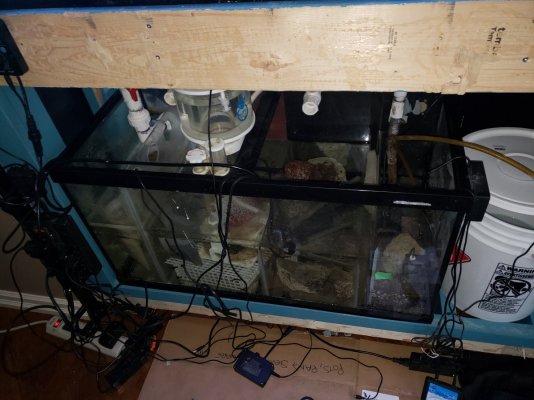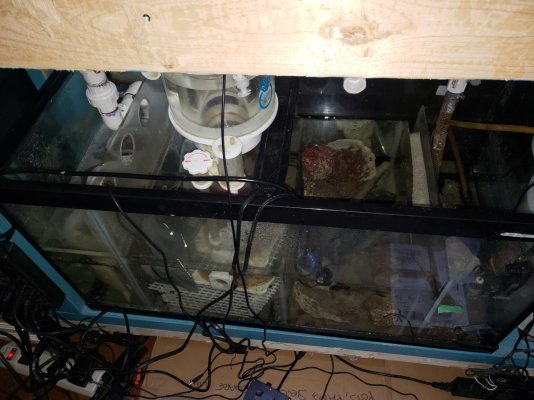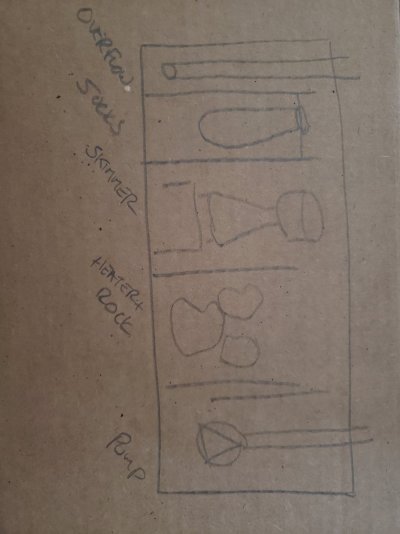Hello all. I think there is something not quite right with my sump. Full disclosure I'm a newbie when it comes to sump design and I'm wondering if you can educate me. My return tube goes into a compartment that then overflows into 3 filter socks then into an area with a protein skimmer and then an area with live rock and my heaters (same water height) then into the area with the return pump. I have no filtration other than the filter socks and a bag with activated carbon. How do I make this system better? Where do I add additional filters? What filters are "best"? Why does my overflow tube have so much air in it? Why do I "loose" so much water right after I top off the level in the compartment with the return pump? Any and all advice is welcome. Thanks in advance





















